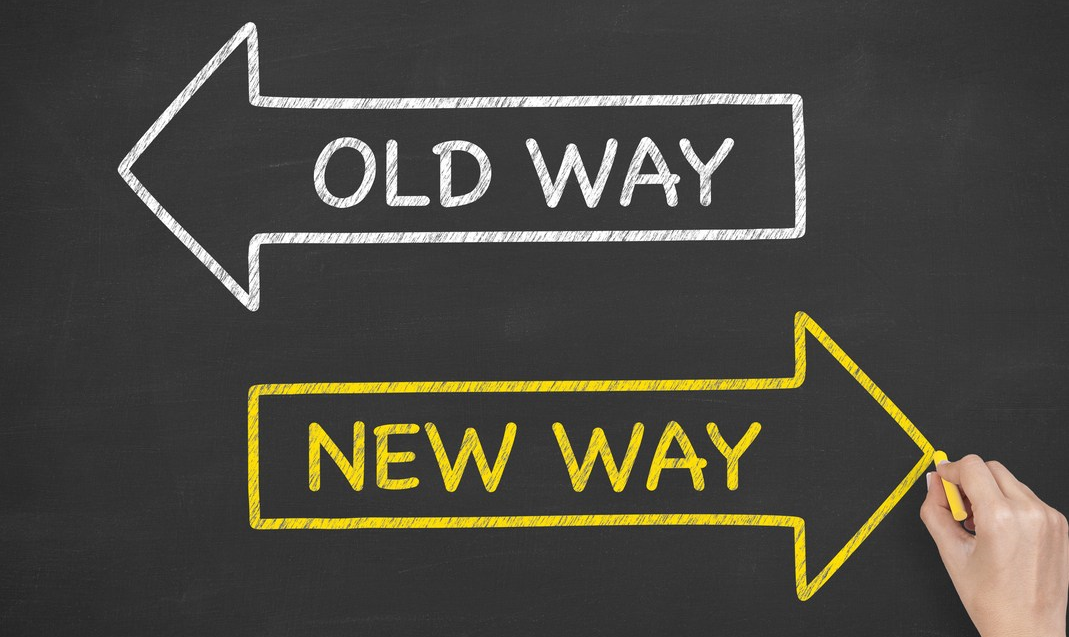
When is it Right Time to Change Your Staffing Software
Staffing software empowers a staffing agency with the necessary tools and solutions to streamline the staffing process and manage the candidates’ payrolls for different end clients. The most prevalent features offered by staffing software includes sourcing, onboarding, application tracking, data analytics, timesheet, payroll management, & reporting.
Ideally, you must invest in staffing software that aligns with your present staffing needs and flexible enough to meet your business’s future requirements as well. Hence, if your present solution doesn’t align with your requirements and doesn’t offer an entirely digitized solution, then it is the right time to make a switch.
Pondering upon how and when to know when is the time to make that switch? Here you go
1. Not Simplifying your Staffing Process
The primary aim of having staffing software is to streamline the various stages of the daily processes and ensure a smooth transition from one process to another, rather than complicating them through semi-digitization or constant manual intervention.
So, basically, your staffing software must coherently centralize all your applicant data, right from job requisitions to interviews, to manage onboarding to carry out the payrolls effortlessly.
If that’s not the kind of experience your present staffing solution delivers, it’s time to find a solution that comprehensively structures your staffing workflow through holistic automation, allowing your team to deal with a large volume of applications and work orders with minimal paperwork and human intervention.
2. Lacking the Paperless Employee Onboarding Facility
Your staffing software should have the paperless onboarding feature, as it lowers costs, saves time, ensures efficiency, and speeds up ramp time.
With paperless employee onboarding, your team can quickly create and manage onboarding documents, eliminate the need for printing & scanning, and securely store confidential employee information. Besides, digitalized onboarding of candidates increases accuracy & ensures consistency throughout the process.
The times are changing from 9 to 5 typical jobs to remote working and locum jobs. Then, why to settle with the same conventional or semi-automated onboarding process?
3. No Employee Self-Service Feature
If your staffing software doesn’t let the onboarded employees edit and manage their dedicated profile — both on a temporary and permanent basis — then what’s the purpose of having it in the first place? Staffing software with HR self-service facilities minimizes the possibility of human errors and increases employee engagement by providing your on-site & remote staff the flexibility to access their employee bio, schedules, and other information through a dedicated dashboard.
By doing so, you’ll reduce the burden of your HR team and establish a seamless connection with the workers.
4. Doesn’t Ensure Seamless Connection with Workers
A powerful and modern staffing software has a dedicated team chat app where the workers can seamlessly communicate, regardless of their location & size. It is an essential feature in the era of the COVID-19 pandemic, where remote working is the new normal, and the GIG economy is becoming increasingly prominent.
Moreover, it will help employees access data while being safe in their homes using their smartphone to execute their tasks with precision. Does your present staffing software suffice this requirement?
5. Manual Employee Timesheet Management
Are you still dealing with the traditional timesheet methodologies and managing piles of paperwork for the daily processing?
Staffing software with time management ability offers a wealth of benefits to your business clients. First, it completely prevents chances of buddy-punching and time fraud with 100% time and attendance tracking accuracy.
Secondly, using the time management system is way more efficient than manual entries. It improves the accuracy of clock-in and clock-out and takes the burden off your HR team’s shoulders, so they could focus on hiring relevant talents for your business clients.
6. Not User-Friendly and Unintuitive Interface
One of the biggest complaints about staffing software systems is how clunky & complex they can be. An ideal and modern staffing software should be able to offer a more user-friendly, intuitive, and seamless experience to the staffing managers and candidates.
Let’s Wind Up
Deciding on the right staffing software is not as easy as you might perceive. The best way to evaluate your current staffing solution is by deciding on what your present staffing requirements are and if the present solution efficiently meets those requirements.
Ensure to weigh in several aspects before making the switch by starting with the features you need, budget to future business prospects in order to make a value for money investment that can foster your staffing business growth in the coming years.


 5.0
5.0